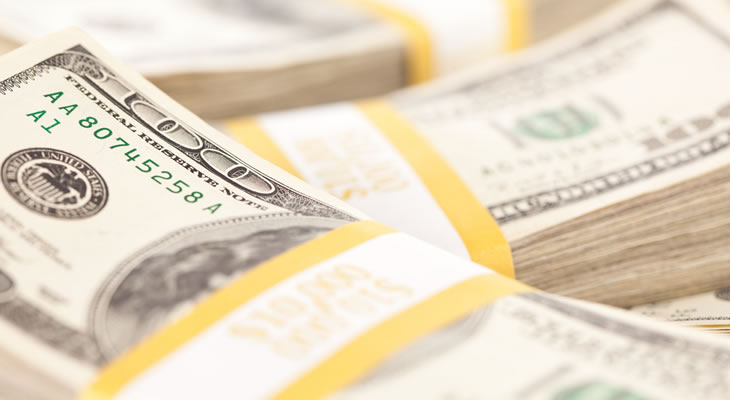Markets were unimpressed to find that the headline UK inflation rate had dipped from 2.9% to 2.6% in June, putting the Pound under renewed downside pressure.
Even though this weaker showing suggests a temporary easing in the wage squeeze the data also seemed to undermine the prospect of the Bank of England (BoE) returning to a tightening bias in the near future.
As James Smith, economist at ING, noted:
‘The Bank of England has taken a noticeably hawkish line recently, but today’s data casts doubt over a rate hike later this year. Even if inflation does recover (we expect the weaker pound to ultimately keep headline inflation in the 2.5-3% region for the rest of this year), the decision to hike rates still hinges on the growth outlook.’
Concerns over reports of infighting within the cabinet also muted the appeal of Sterling this week, with markets still exhibiting nerves over the stability and longevity of the minority Conservative government.
As the uncertainty of Brexit and the fraught negotiation process continues to hang over the domestic outlook the upside potential of the Pound remains distinctly limited.
However, the mood towards Sterling could improve if June’s retail sales figures indicate that consumer spending has remained robust even as the squeeze on household finances deepens.
Forecasts point towards a solid rebound in spending on the month which could boost GBP exchange rates, even if the uptick is not likely to entirely reverse the sharp contraction seen in May.
US Dollar Under Pressure as Odds of Fed Rate Hike Fall
Demand for the US Dollar has generally weakened on the back of disappointing US data, with inflation in particular offering investors cause for concern.
Persistent signs of softness within the world’s largest economy encouraged speculation that the Federal Reserve may back away from its intention to pursue a more aggressive pace of monetary tightening.
This diminished the odds of the Fed raising interest rates again before the end of the year, putting increased downside pressure on the US Dollar.
An increase in general market risk appetite also weighed on the safe-haven ‘Greenback’, particularly as confidence in the abilities of the Trump administration to deliver on its fiscal reform promises weakened.
The Pound US Dollar exchange rate could continue to benefit from weakening confidence in the prospect of further Fed tightening ahead of next week’s Federal Open Market Committee (FOMC) policy meeting.
If Fed policymakers take a more cautious view on the domestic economy and future monetary policy this could significantly dent the US Dollar, giving investors little reason to favour the safe-haven currency.
On the other hand, any signs that the central bank remains committed to pursuing higher interest rates could weigh heavily on the GBP USD exchange rate.


Comments are closed.